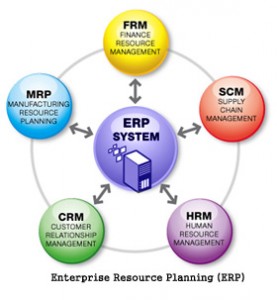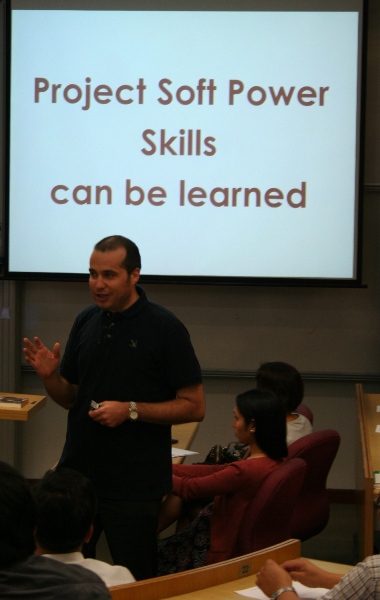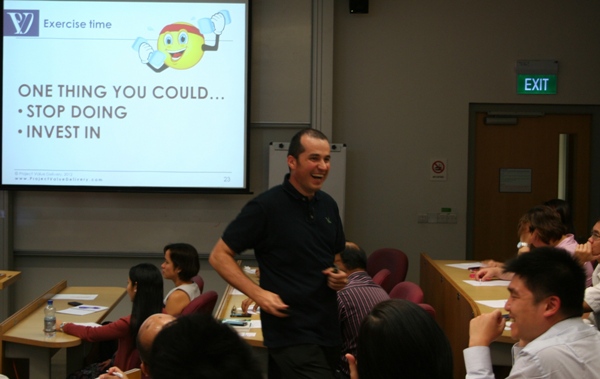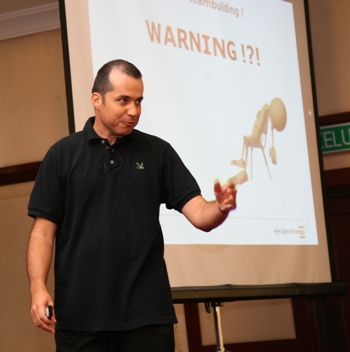It is a trend to invest in all-encompassing project management systems (Enterprise Resource Planning (ERP) systems). It helps gain efficiency, allows real time dashboards to be available, and avoids manual handling of data, a common source of error and delay.

ERP system: is it the right solution?
ERP systems have been developed mainly for a manufacturing-type environment. Even if they start to have project management modules, should you rely on them to control your projects?
Our answer is no, if you want to keep fully intact the integrity of your company’s project control systems. ERP force you to work according to manufacturing-designed workflows. You might even lose control over large, complex projects. Find out why in our new White Paper “The Fallacies of All-Encompassing Enterprise Management Systems (ERPs) for Project Companies“.
It is easy to fall victim of the ERP proponents advertisement and believe that implementing such a system will dramatically enhance productivity and control of the organization. It is just not true for project organizations.
Instead of the huge investment done on massive ERPs, project companies could more wisely spend less money and effort while increasing significantly their level of control on the project outcome. In the sequel 2012-08 “How to Invest in the Right Systems to Execute Your Large, Complex Project”, we will examine what exactly should be done.
For more details, read our new White Paper “The Fallacies of All-Encompassing Enterprise Management Systems (ERPs) for Project Companies“.













How To Build Quickly and Cheaply the System Infrastructure You Need to Execute a Large, Complex Project
Standard ERPs or integrated project management software are not the right solution for executing large, complex projects. Instead, Project Value Delivery supports a consistent implementation of different specialized software, linked together through a common Breakdown Structure.
How difficult is it to setup the systems infrastructure for your project?
It is a cheaper, more effective solution that can draw on pre-existing systems. In addition, a large, complex project is always a particular case; the flexibility given by this approach will save many headaches while increasing the level of control and understanding of the project status. Our new White Paper “How To Build Quickly and Cheaply the System Infrastructure You Need to Execute a Large, Complex Project” explains how to do it.
In this White Paper, we list what are the systems that are really needed, how to take into account issues like geographical spread. The key to success is to implement and maintain a shared breakdown structure that is shared between systems. And, if you build on the existing using off-the-shelf software, the systems setup can end up being quite cheap!
Read our new White Paper “How To Build Quickly and Cheaply the System Infrastructure You Need to Execute a Large, Complex Project“.